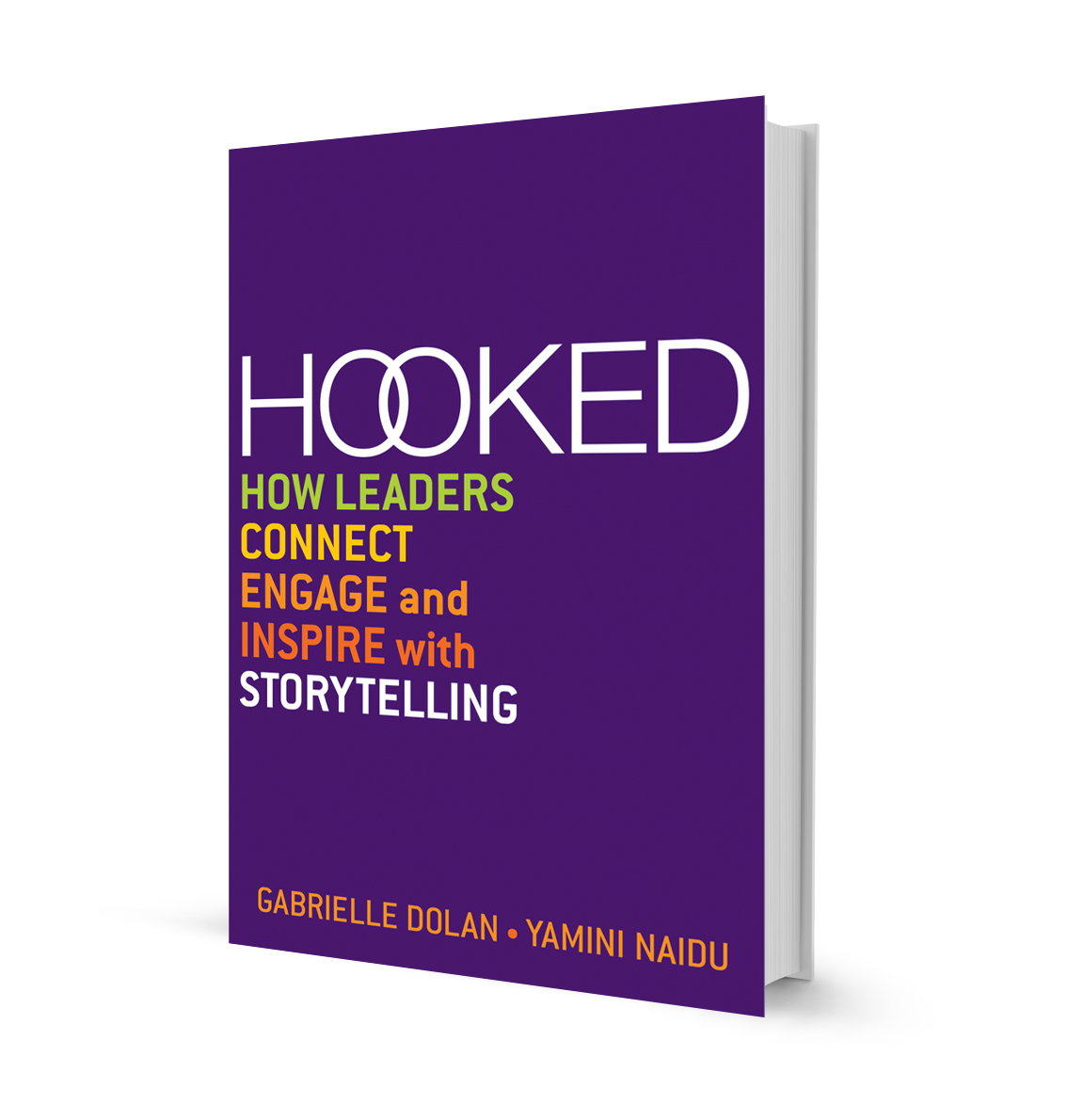We need our people to bring their best work to bids, but energy and enthusiasm are finite resources that need to be carefully managed — especially when things don’t go to plan.
Last week I wrote about the importance of “five-to-niners”- the unsung heroes whose work powers a bid effort.
Many years ago, I worked on an important bid for a services organisation. There were probably at least 20 of us on the team and for six weeks we were pretty much chained inside a room. (It was a nice room, and there were pastries, and someone came to bring us coffee every now and again, but still). The team was made up of a mix of outsourced specialists, like me, and junior people from the organisation itself. It was very difficult to get the senior associates or leaders’ time and most of us didn’t have a clue what we were writing about. I felt for the internal staff — it was high-pressure work, with long hours. But they took it on enthusiastically because they hoped to work on the account, which was with a high-profile, multinational company.
I will never forget the celebration lunch that the organisation put on to reward us for our hard work. We were waiting for the senior leaders to return from lodging the bid, and expecting cheers and high fives all round. Eventually they did arrive, late, with faces like thunder. It turned out we had been asked to pull out of the bid due to a last-minute competitive conflict. It was over before it had even begun.
The energy drained out of that room faster than a sinkhole can swallow a truck. Tim, the staff member sitting next to me who had been working overtime for weeks and missed his son’s basketball final, was absolutely gutted. It was obvious that the lunch we were about to eat (mostly in silence) just wasn't enough to reward Tim for everything he had invested.
Senior leaders often feel comfortable betting big and living with the consequences, but staff usually don’t have the same appetite for risk. When asking staff to join us on a business growth journey, it’s important to recognise — and empathise — that they will be sharing the risks, as well as the rewards.


